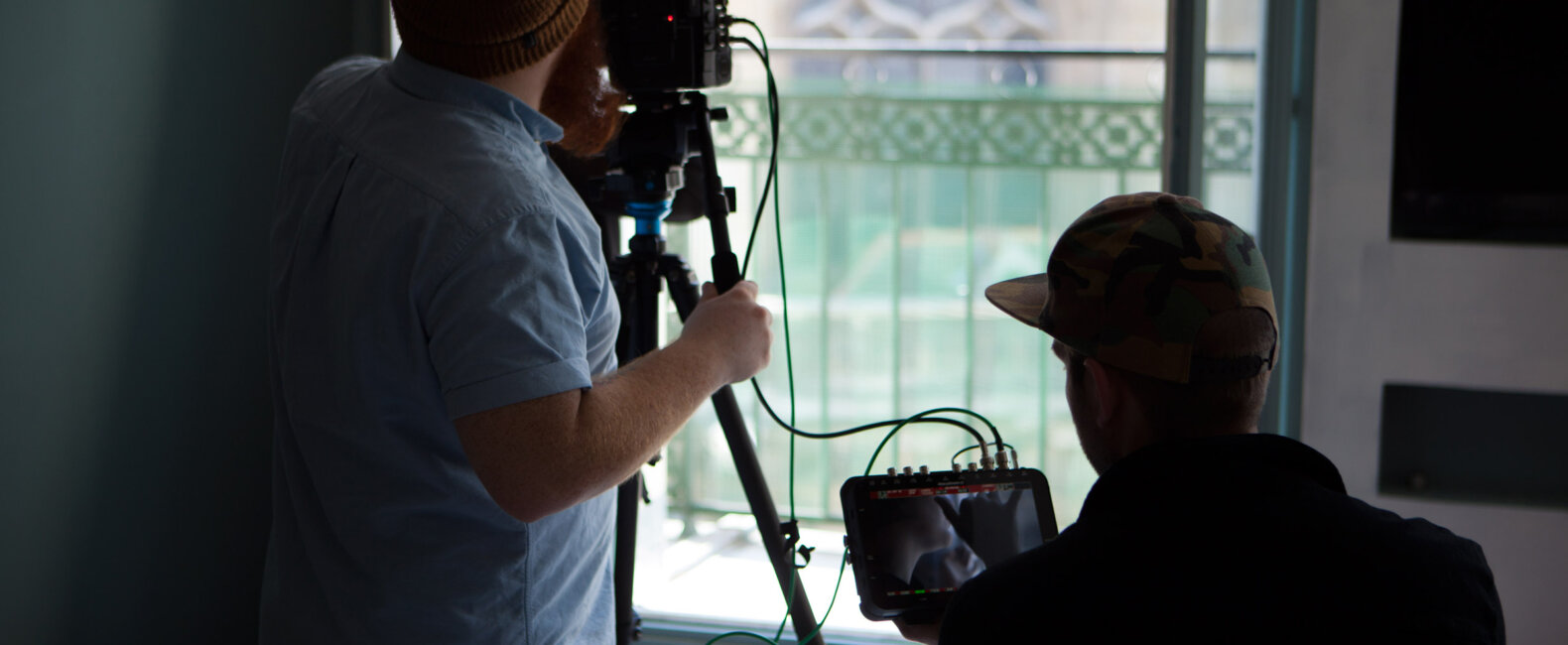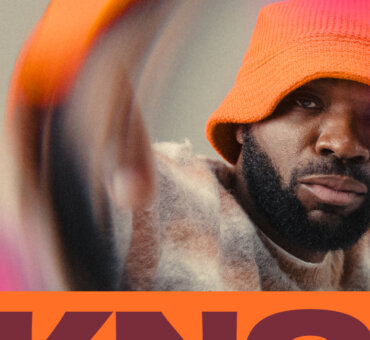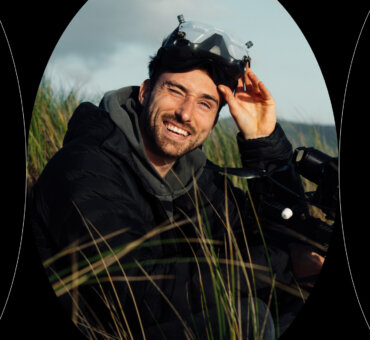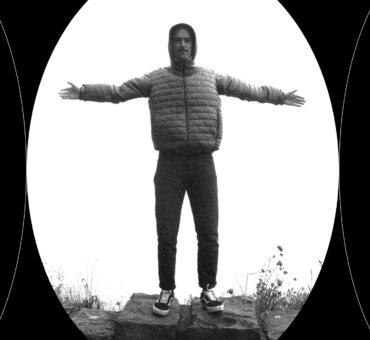In film, it is not enough to be a storyteller. You have to be a storyshow-er. A storyvisualizer.You need to tell stories cinematically — which, as you might expect, is what Jennifer Van Sijll’s book, Cinematic Storytelling, is all about. Sijll explains there has been an unhealthy divide created between the technical side of filmmaking and the story side: “In teaching filmmaking, story and film are often taught separately. Screenwriters are housed in one building, production people in another. Unintentionally, a divide is created where there should be a bond. Technical tools become separated from their end, which is story.”
Cinematic Storytelling is Sijll’s attempt to bridge that gap, to show how camerawork, lighting, screen direction, music, et al, have profound implications on both story and character. “There are hundreds of ways of conveying ideas in movies,” Sijll writes, “Dialogue is only one of them.”
The book contains 100 different cinematic conventions “every filmmaker must know” — ways of conveying ideas that are purely visual, purely cinematic. Here are our favorite three, just to get your storytelling wheels turning.
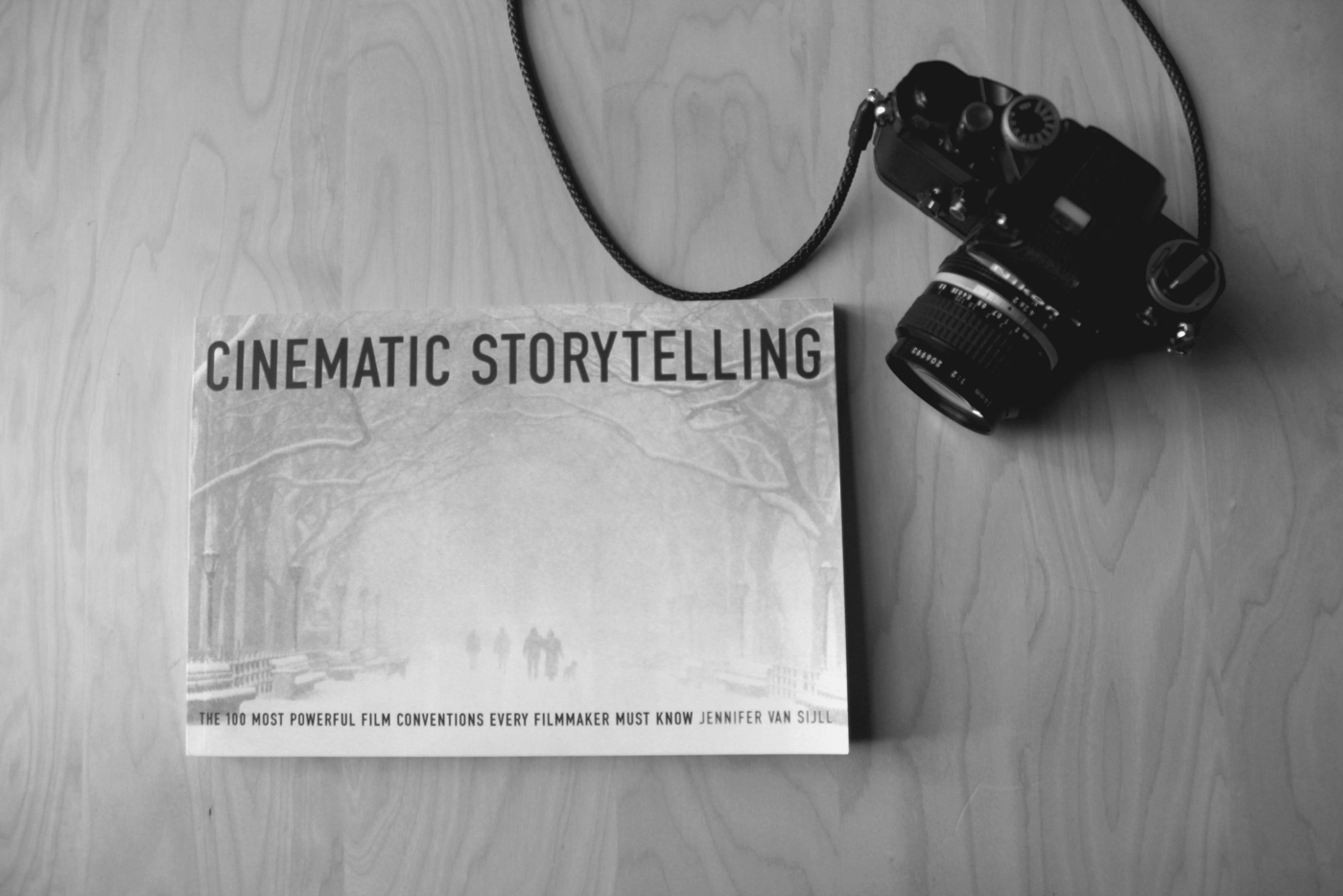
“There is a language going on beneath the surface of every scene, every shot — inferences reaching deep into the way the audience perceives the world.”
LEFT-TO-RIGHT VS. RIGHT-TO-LEFT
Not all motion is created equal. Far from it. The way an object or a character moves across the screen has profound implications on how the audience perceives what’s happening in your story. Just one example: Sijll explains that because Westerners read left-to-right, we tend to perceive left-to-right motion as being “correct” or even “good.”
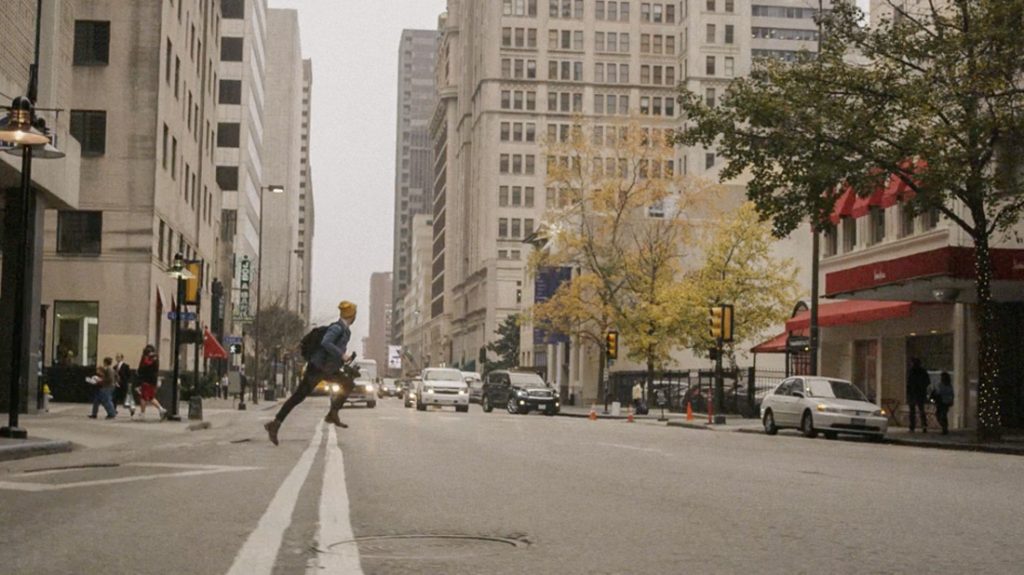
“If you rented fifty studio-made movies, there’s a good chance that the ‘good guy’ will enter screen left every time,” Sijll writes. “When the ‘good guy’ moves left-to-right our eyes move comfortably. Subconsciously, we begin to make positive inferences.”
As you might expect, the opposite is also true. “Bad guys” tend to enter screen right and move left across the screen. Simply by the way the characters are moving, the audience is unknowingly drawing conclusions about who those characters are and what role they will play in the story. “When these two forces are aimed at each other, we naturally anticipate some kind of collision,” says Sijll.
The lesson here, of course, is don’t always have your good character enter from the left, and your bad character from the right. There is a language going on beneath the surface of every scene, every shot — inferences reaching deep into the way the audience perceives the world. Part of becoming a good director is knowing why you are making the decisions you’re making, and knowing how they’re going to affect your audience and your story.

“Part of a director’s required knowledge is to understand the technical properties of film and then employ them creatively to advance the story.”
CAMERA POSITION
One of the most basic decisions in filmmaking is camera position. But, of course, where you put the camera has some pretty hefty psychological implications for the audience. If you’re like us, a lot of these decisions have probably come from your gut. You’ve known when to get closer and when to back away, but maybe you’ve never thought about what exactly those positions were communicating. In Cinematic Storytelling, Sijll breaks down the implications shot by shot. For example:
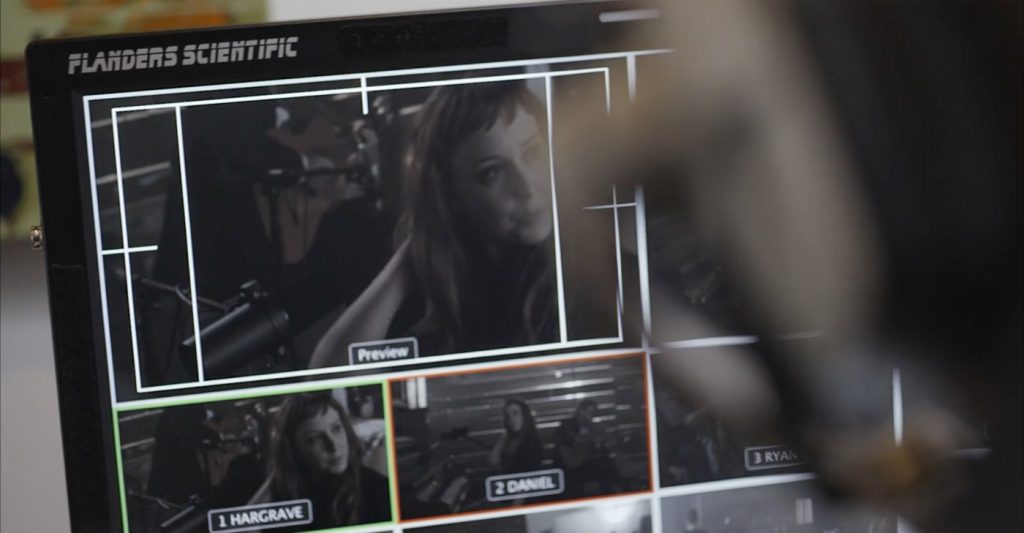
CLOSE-UP
“The closer we get to a character, the more sympathy we are likely to feel. This is because the close-up gives us a physical proximity usually reserved for those allowed within a character’s intimate space.…The close-up can also be used to evoke fear or revulsion when the audience is forced to be in close proximity to a character already established as a hated antagonist.”
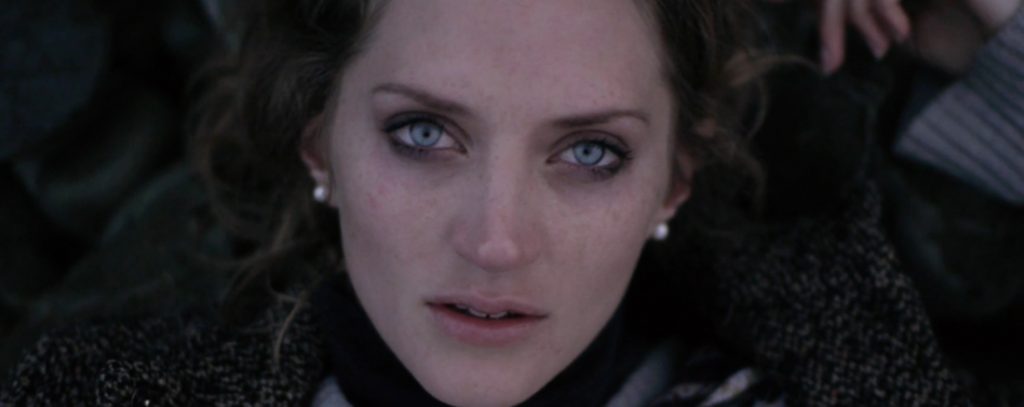
TWO-SHOT
“In having two people share one frame, the two-shot can suggest harmony or disharmony…comparisons are what enable the character reveals.”
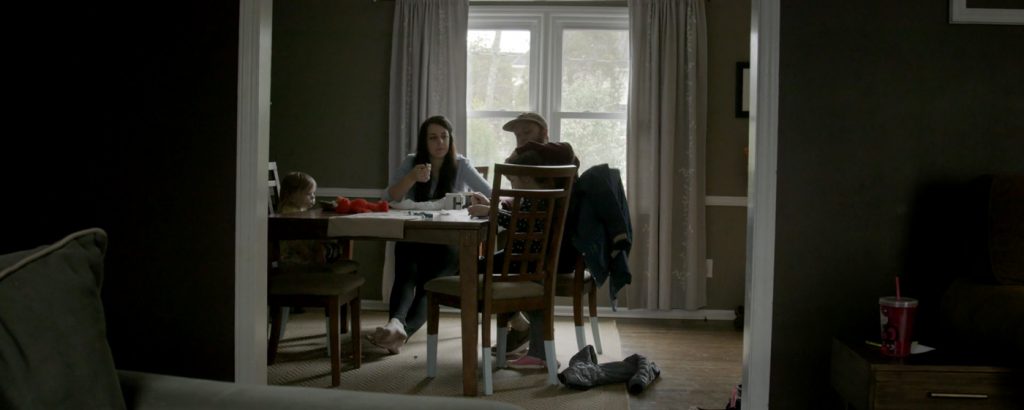
POINT-OF-VIEW
“The POV shot generally lends sympathy to the protagonist by allowing us to see through the character’s eyes.”
While there is certainly a time for following your gut and trusting your instincts, understanding things like the psychological implications of camera positions allows you to make better decisions as a director and a filmmaker — it allows you to know when a scene is working, when a shot is pulling its weight. “A shot isn’t considered unless it advances the plot or character,” Sijll writes. “There are no throwaways.”
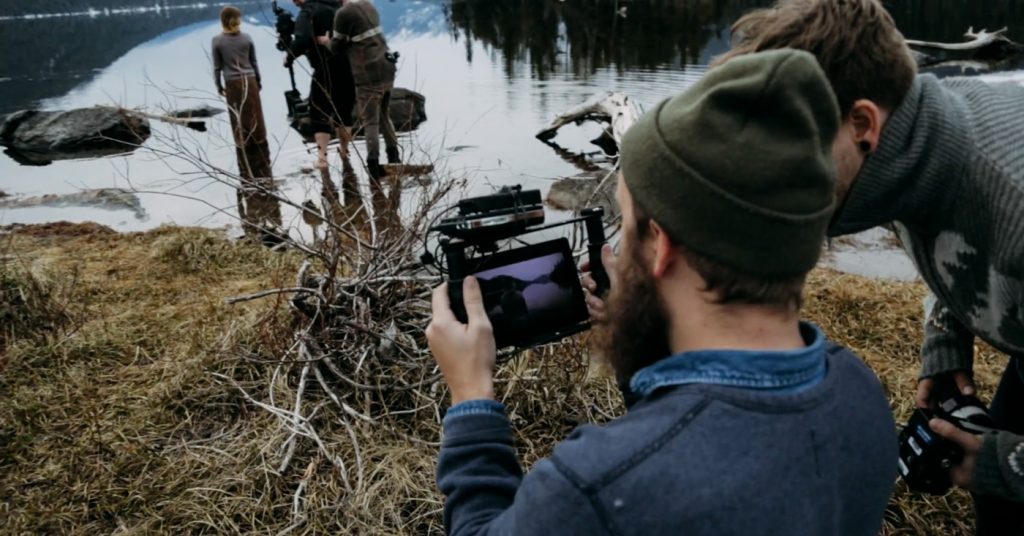
“Think hard about when music should play — and just as hard about when it should not.”
MUSIC
We couldn’t end this post without talking about Sijll’s ideas about the role of music in cinematic storytelling. In the book, she considers three aspects: Lyric as Narrator, Symbolic Use of Music, and Music as a Moveable Prop.
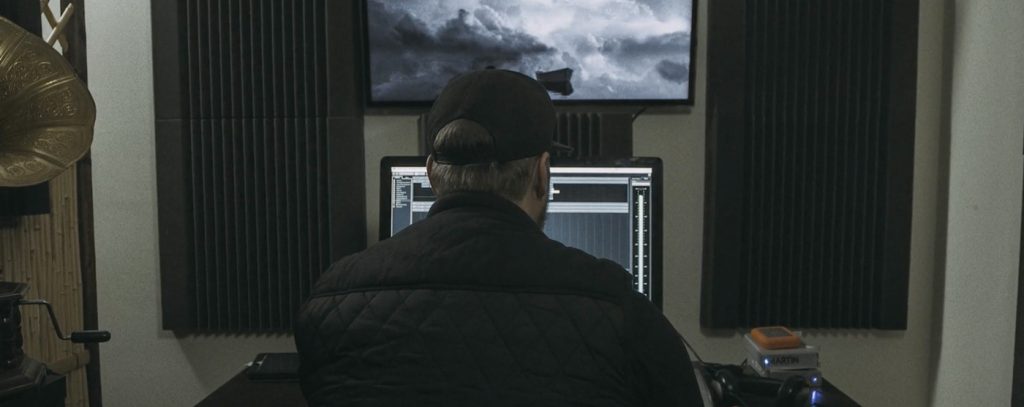
LYRIC AS NARRATOR
While it’s often tempting to choose instrumental versions of songs, Sijll suggests that a much more powerful use of music is to let the lyrics act as a sort of narrator within a scene. “As thematic songs are sparingly used, the audience will expect the lyrics to be significant,” Sijll writes. “This is especially true when they are placed at the beginning of a film, ‘the most expensive real-estate’ in a movie.”
Naturally, finding a song that works both musically and lyrically can be double the challenge. But it will be worth the extra effort. A perfectly chosen song with meaningful lyrics will help your audience interpret not only a particular scene, but also the entire film.
SYMBOLIC USE OF MUSIC
Beyond just the tone and lyrics of a song, the music itself can act as a symbol — the mere presence of music is a cinematic choice that can have significant implications in a story. The example Sijll uses is from Shawshank Redemption, where music — not any particular song or lyric, but music itself — symbolizes freedom and change.
But maybe the more powerful implication of this idea works in reverse. Oftentimes we can take music as a given, a must. But just as the presence of music can carry significant narrative weight, its absence can as well. Think hard about when music should play — and just as hard about when it should not.
MUSIC AS A MOVEABLE PROP
Sijll’s last cinematic use for music is a little abstract; but for the sake of thoroughness, we’ll include it. The idea here is to use a particular song as a recurring element within a film. At each repetition, the song will show how a character has changed — grown — in relation to the music. By adding a constant, recurring element, the character’s progress becomes that much more evident.
Personally, we think the type of music best suited for this task is music with strong, recognizable themes — a simple melody that will feel familiar to the audience even on just the second listen.
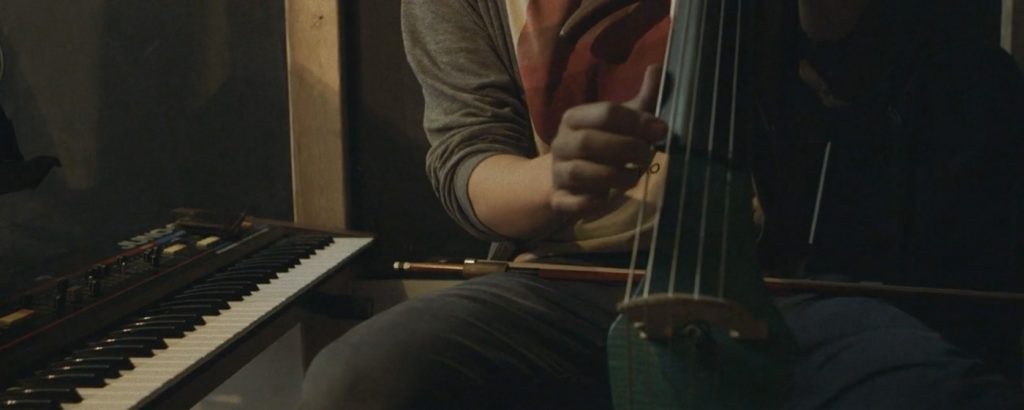
Obviously these three techniques only begin to scratch the surface of what cinematic storytelling really is. But the idea here — the big idea — is that even without dialogue or narration, the films we make are saying something: the way a character enters the frame, the way the camera looks over someone’s shoulder, the way music interprets a scene. Whether or not we use every technique, Jennifer Sijll’s book has made us aware of just how comprehensive the job of a filmmaker really is, and just how much we all have to learn.















































































